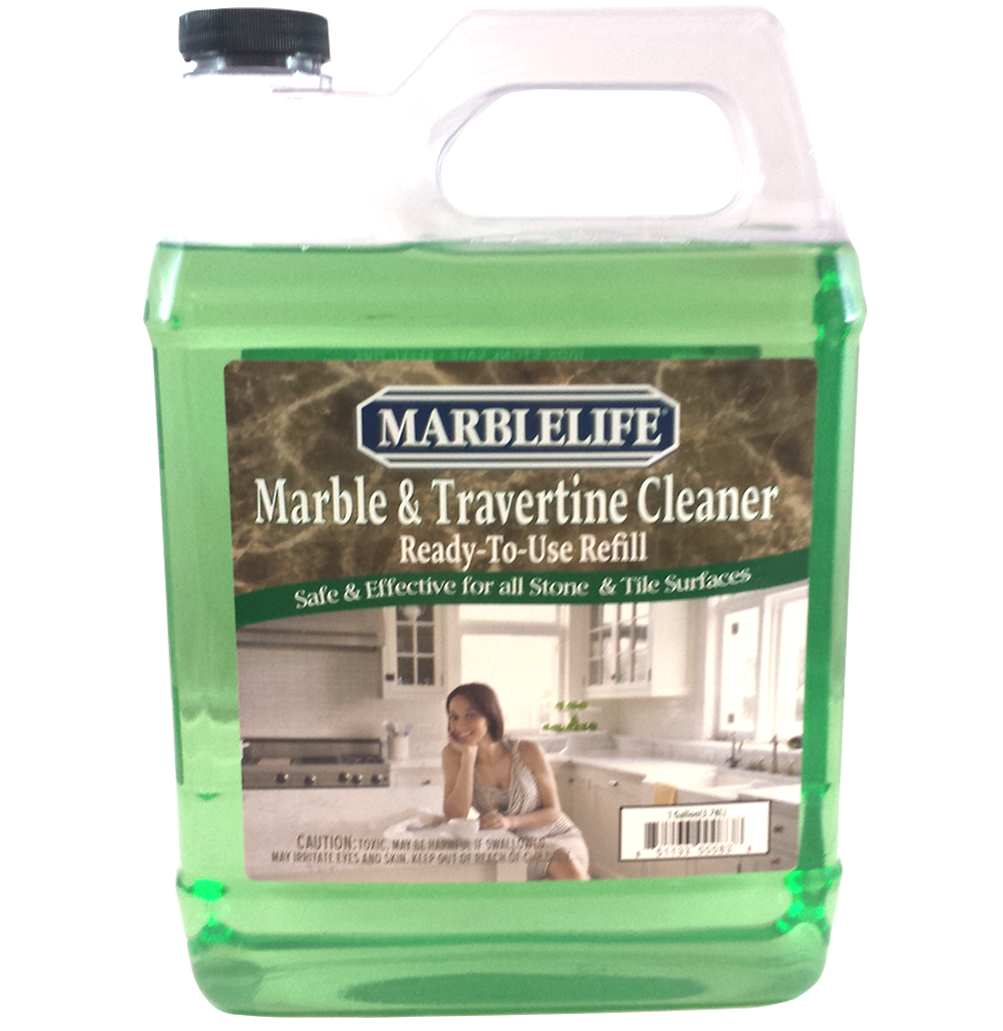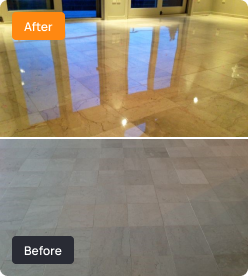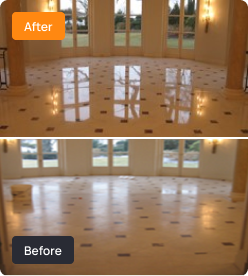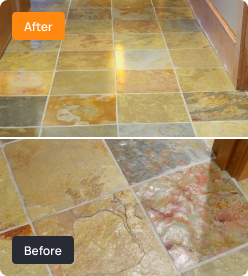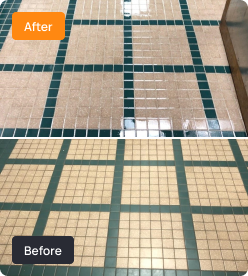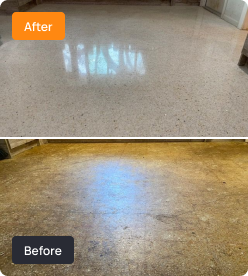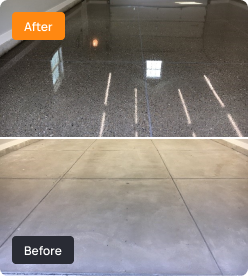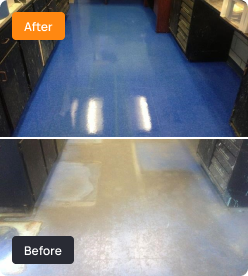A dramatic germ of events
You probably agree that natural stone such as granite, limestone, or travertine can really enhance the aesthetic of both interior and exterior spaces, otherwise you wouldn’t have bothered to install it in the first place, right? We agree. There’s just something about being surrounded by natural materials, whether that’s green space in your neighborhood or […]
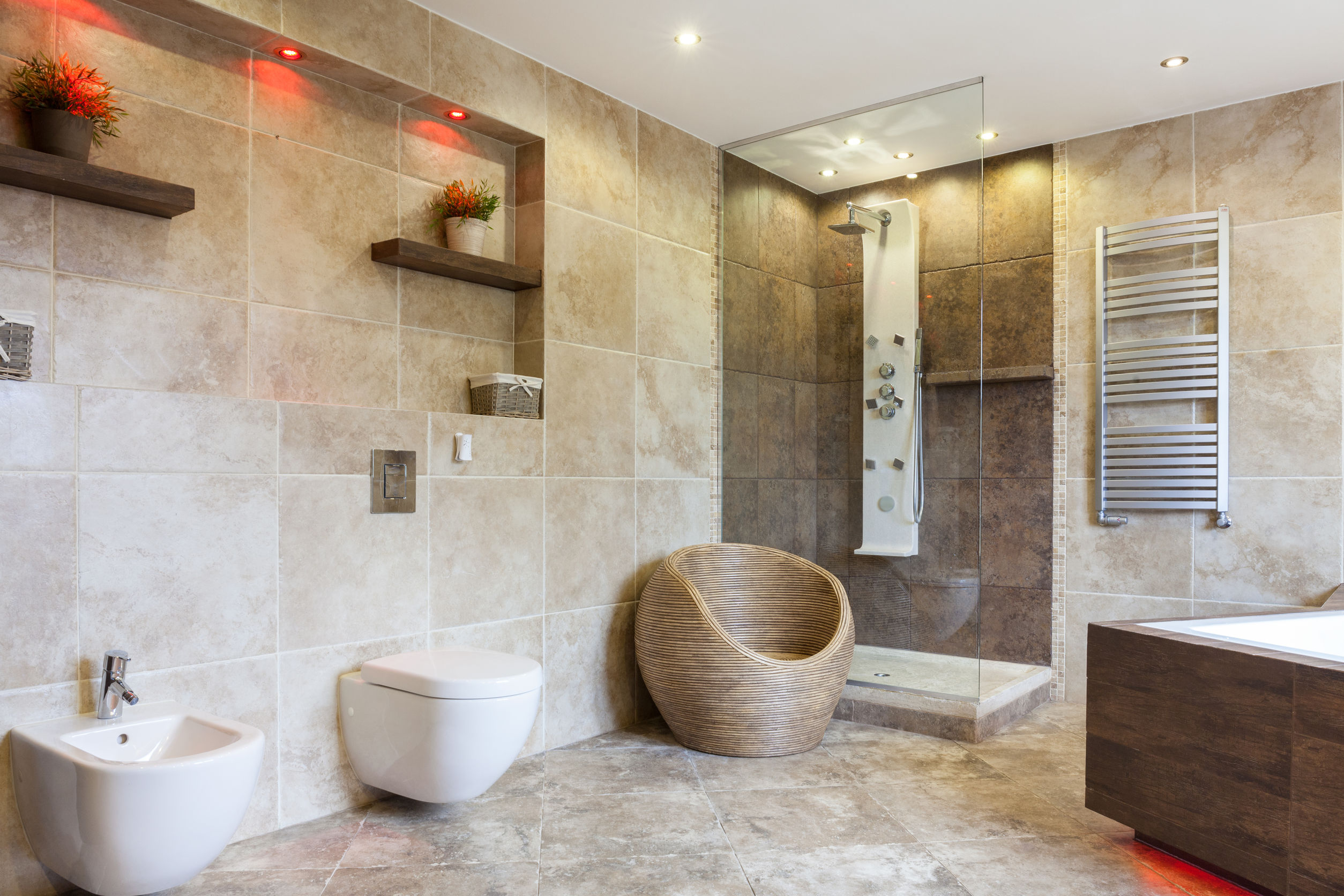

You probably agree that natural stone such as granite, limestone, or travertine can really enhance the aesthetic of both interior and exterior spaces, otherwise you wouldn’t have bothered to install it in the first place, right? We agree. There’s just something about being surrounded by natural materials, whether that’s green space in your neighborhood or natural stone in your kitchen or bathroom that just feels right as opposed to synthetic materials. Maybe there’s something primal in the human genome that forms these preferences, but whatever those feelings’ origin, they’re there.
Stone has the connotation of being impermeable, however natural materials are not maintenance free and keeping these surfaces looking their best is the trade-off we make for the aesthetic joy of living amongst them.
While stone seems strong and mighty and impervious to damage, it’s still a porous material capable of harboring millions or billions of germs and bacteria beneath its surface and within its pores (if unsealed).
Bacteria don’t grow on stone alone (usually), rather it’s the substances that spill or come into contact with the stone which can turn your floor or countertops into a bacteria buffet. Any moisture, traces of fats, proteins, and carbohydrates that get ground into the stone may eventually end up feeding microorganisms.
There are many products on the market today claiming to be stone-safe and capable of killing these germs without any negative impact to your stone. However, for many of these “catch-all” cleaners, this is not the case…words are easy. I mean how do you know? How do they know? Wouldn’t it be easier if they could not get in there in the first place? (An ounce of prevention and all that…)
Here is the proper way to clean and disinfect natural stone surfaces to prevent the growth and spread of germs and bacteria:
Make sure your stone is sealed
Before worrying about cleaning or disinfecting your stone (the bandaid), make sure it is sealed. Sealing your stone blocks up the natural pores to form an impervious barrier that can remain in place for years depending upon how you use and more-to-the-point…clean your surface. This barrier keeps germs and bacteria from setting into those pores and making their homes their. And why not? If this is a cutting surface, or you prepare food regularly, the very act of wiping down the surface is like plowing food into a series of open pits in the surface to feed their voracious appetites. Seal those pores and the wipe down serves to remove what is on the surface of the counter versus to push it in deeper behind another layer of food. Big difference…
A good test to see if your stone needs re-sealing is to put a few drops of water on the surface. If the water beads up, the surface is securely sealed. If it absorbs into the stone, or the stone darkens or wets, it’s time to re-seal. The good news is that trend in stone processing is to resinate the stone by drawing under high pressure a polyester resin material through the stone, effectively sealing its pores. Now we wish this was to make the product healthier, but in reality its primarily driven by the need to get the product to market, without it chipping, cracking and snapping as it crosses oceans and roads. That said, we should be grateful, as this innovation has allowed the variety in stone color and options to expand dramatically whereas more brittle varieties could not make the trip. Once installed these stones are suitable and more than strong enough for their daily purposes.
Be gentle when cleaning
Never use harsh scrubbers or abrasive cleaners when trying to care for your stone, even if attempting to address a stain or other imperfection. If you are happy with the finish on your stone surface, then you do not want to alter how it reflects light. Every time we use an abrasive we risk introducing scratches and wear which scatter light in an irregular way, resulting in a dull spot. Once you notice it, your eyes will continue to travel to it, creating an unnecessary annoyance. While this may look like a dirty or dull spot, you are really looking at a damaged finish that will require a professional craftsman to rehone or treat that surface. When you realize that there are probably more plumbers in your hometown market, than craftsman properly trained to do this type of work, you can imagine this is not an inexpensive process. Better to avoid abrasives, unless they have been engineered to be softer than the stone and harder than the dirt being removed. For this reason there are specialized cleaners on the market designed to assist in removing caked on, baked on, dried on messes in the kitchen or soap in the shower. MARBLELIFE Soap & Scum Remover is one such offering. Its abrasive cuts through soap but crumbles on contact with stone or glass. Just what is needed in this situation.
The second area of avoidance are acidic cleaners. If you have a sealed surface the chemistry is likely acid sensitive, and repeated use of lemon infused cleaners, vinegar infused cleaners or other “powerful” tile-safe cleaners will gradually dissolve away and remove your sealers allowing bacteria and stains to repopulate. Rather seek to use non-acidic cleaners and degreasers. There is no loss in performance just a different means of addressing dirt. These cleaners go after the fact that dirt is not really sticky, it is generally oils that provide the glue to allow dirt to stick to your surfaces. Remove the oil and you have a clean surface. So where does that oil come from? Cooking, hands, pet skin and paws. Yup we are the most likely source. Consider a product such as MARBLELIFE Stone & Tile Cleaner, MARBLELIFE Granite & Quartz Cleaner and MARBLELIFE Tile & Grout cleaner for a thorough clean without damage to stone or seal. Note, we didn’t even mention the fact that acidic cleaners will literally dissolve marble…in fact, you can burn a lemon wedge imprint into your marble counter in less than 20 minutes. If you are cleaning with vinegar on an acid sensitive surface such as marble you will burn away that gloss finish over time as micro-etches are dissolved in to the surface. You cannot clean what is no longer there. You can make it worse though with the introduction of more chemicals and waxes. If this has happened to you, call a professional to get things back to ‘cleanable.’ They can provide guidance on how to live with your beautiful surfaces without doing damage. Don’t feel bad, most goldfishes die a similar death…good intentions and poor information can result in damage. Where as a little information can allow you to manage your beautiful surfaces effortlessly.
Whenever possible use a microfiber towels since their ability to capture oils without reaching saturation can make your cleaning faster, easier and more thorough.
Use stone-safe disinfectants
There are many myths floating around about the best ways to care for natural stone, but all you need to know is that a stone-safe cleaner is always the preferred method to the exclusion of all others. MARBLELIFE’s surfactant-based cleaning technology provides a streak- and odor-free superior finish with our MARBLELIFE® Marble & Travertine InterCare Cleaner and MARBLELIFE® Granite & Quartz Countertop Cleaners. Safe an all surfaces by design…we could not have our service crews across the country damaging the very surfaces we are being called in to care for, and we certainly would not use something that slows us down. Designed to be quick, efficient and stone surface safe.
For any other stone care related questions, contact your local MARBLELIFE office and knowledgeable stone craftsman will be happy to assist you.
Call MARBLELIFE at (888) 524-3372 or visit us online to secure your FREE ESTIMATE at www.MARBLELIFE.com or to www.MARBLELIFEPRODUCTS.com to secure the care products appropriate to your surface, and your desire for an easy effective cleaning solution.
MARBLELIFE® Marble & Travertine InterCare Cleaner Gallon Refill
MARBLELIFE Marble & Travertine Cleaner is an “InterCare” based cleaner and is a safe, easy to use and highly effective way to clean your natural stone surfaces.
